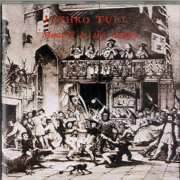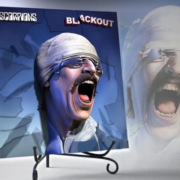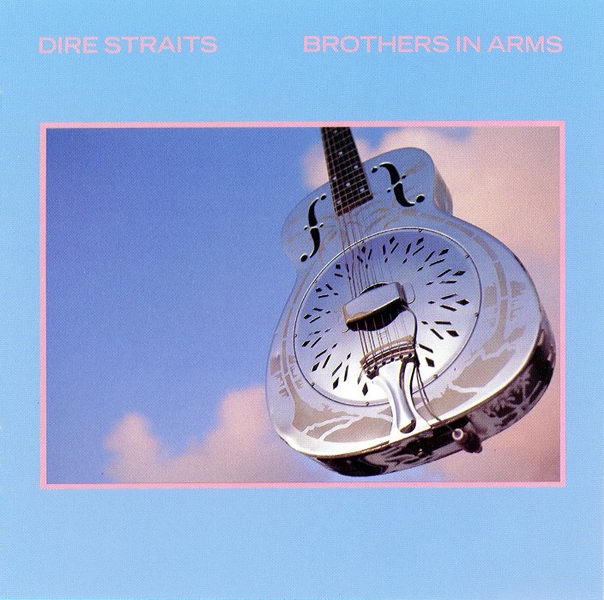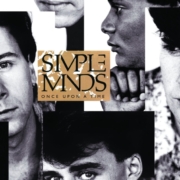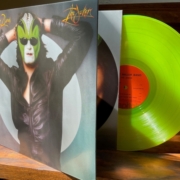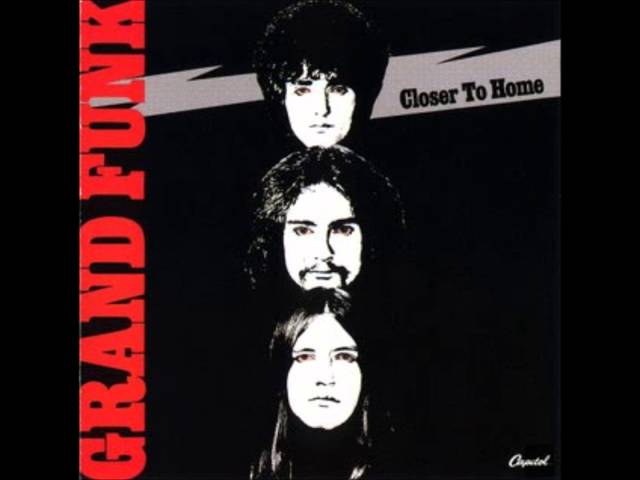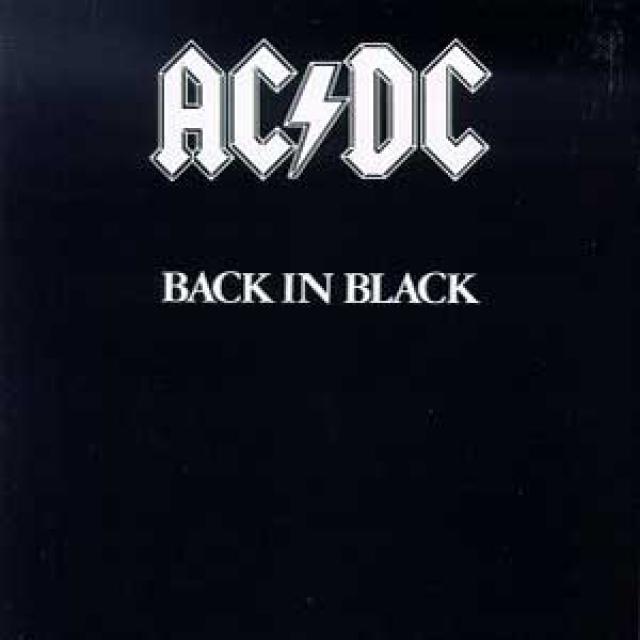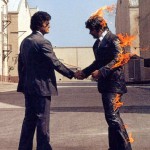Jethro Tull- Minstrel in the Gallery- Ian Anderson
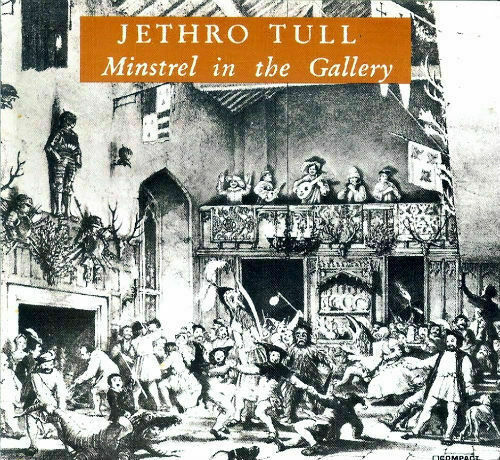 “Light and shade,” Jimmy Page once told me, speaking to the secret of Led Zeppelin’s universal popularity, and never was that musical contrast combination more on display than on the title song to Jethro Tull’s September 1975 Minstrel in the Gallery.
“Light and shade,” Jimmy Page once told me, speaking to the secret of Led Zeppelin’s universal popularity, and never was that musical contrast combination more on display than on the title song to Jethro Tull’s September 1975 Minstrel in the Gallery.
The first decade of Jethro Tull’s half century, occupying that musical territory only big enough for itself, where ancient-sounding heath-covered acoustic numbers combine with sprawling progressive rock, fits neatly with the period from the debut, This Was, all the way to Heavy Horses ten years later. Jethro Tull and its singer/songwriter/flautist Ian Anderson were fearless in those heady days, going to #1 sales with the most unlikely chart-topper since The Singing Nun, 1972’s Thick as a Brick; brushing off the disastrous A Passion Play, then coming back strong with two Top 40 hits on War Child. Minstrel in the Gallery, Too Old to Rock’n’Roll, and Songs from the Wood all followed in regular succession.  But beginning in 1979 and continuing all the way until the late Eighties, Jethro Tull’s fate and fortunes would be quite unlike their first decade of success. Bass player John Glasscock died from heart surgery just five weeks after Stormwatch‘s 1979 album release, a tough blow, and to add insult to injury, the album was the first since the 1968 debut not to reach the US Top 20 in sales. The Broadsword and the Beast in 1982 easily could have been the theme for the HBO hit series Game of Thrones, albeit written thirty years too soon. Jethro Tull certainly were not alone, as many of their Seventies peers struggled as they did then amidst Pop Metal hair bands that were selling millions of records and hair mousse by the gallon.
But beginning in 1979 and continuing all the way until the late Eighties, Jethro Tull’s fate and fortunes would be quite unlike their first decade of success. Bass player John Glasscock died from heart surgery just five weeks after Stormwatch‘s 1979 album release, a tough blow, and to add insult to injury, the album was the first since the 1968 debut not to reach the US Top 20 in sales. The Broadsword and the Beast in 1982 easily could have been the theme for the HBO hit series Game of Thrones, albeit written thirty years too soon. Jethro Tull certainly were not alone, as many of their Seventies peers struggled as they did then amidst Pop Metal hair bands that were selling millions of records and hair mousse by the gallon. 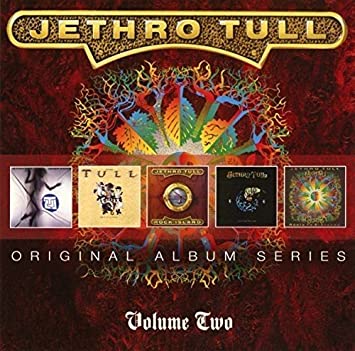 But after an eight year drought, Jethro Tull had all of the tumblers click on the 1987 album Crest of a Knave containing”Farm on the Freeway“,”Steel Monkey”, and “Budapest“, a Top 20 seller in the UK and #3 in the States, eventually winning a Grammy Award and reigniting concert ticket and further album sales for Rock Island in 1989 and Catfish Rising in 1991. Selecting the fifty songs over the twenty-one studio offerings for the 50 for 50 massive undertaking proved a challenge for Ian Anderson to curate, not simply for fan expectations. If there ever was a lyrical wordsmith who learned his songwriting trade in the widescreen cinematic tradition of the album format, and who is ill-suited for the 99 cent iTunes world he found himself in fifty years hence, it would be Ian Anderson. “If it’s all too much for you, if you’d rather sit down and watch an episode of The X Factor, be my guest,” Anderson snarks in this classic rock interview as to why album sales are down. “But on the other hand, if you want something that is an antidote to that fast food music we seem to live amidst these days, then maybe this is the album for you. You can get your teeth into it, while you still have any, that is! We snack on music these days. We don’t sit down to a banquet and take two hours over it, we tend to snack. So it is a change in culture I have to recognize.” –Redbeard
But after an eight year drought, Jethro Tull had all of the tumblers click on the 1987 album Crest of a Knave containing”Farm on the Freeway“,”Steel Monkey”, and “Budapest“, a Top 20 seller in the UK and #3 in the States, eventually winning a Grammy Award and reigniting concert ticket and further album sales for Rock Island in 1989 and Catfish Rising in 1991. Selecting the fifty songs over the twenty-one studio offerings for the 50 for 50 massive undertaking proved a challenge for Ian Anderson to curate, not simply for fan expectations. If there ever was a lyrical wordsmith who learned his songwriting trade in the widescreen cinematic tradition of the album format, and who is ill-suited for the 99 cent iTunes world he found himself in fifty years hence, it would be Ian Anderson. “If it’s all too much for you, if you’d rather sit down and watch an episode of The X Factor, be my guest,” Anderson snarks in this classic rock interview as to why album sales are down. “But on the other hand, if you want something that is an antidote to that fast food music we seem to live amidst these days, then maybe this is the album for you. You can get your teeth into it, while you still have any, that is! We snack on music these days. We don’t sit down to a banquet and take two hours over it, we tend to snack. So it is a change in culture I have to recognize.” –Redbeard

